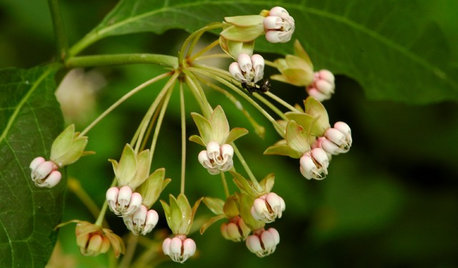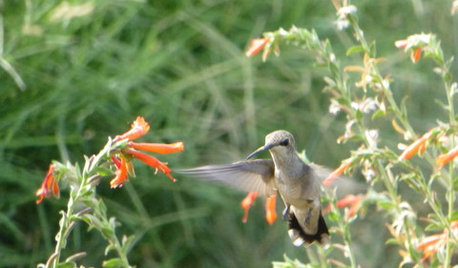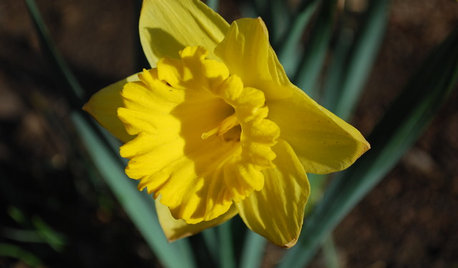Crabapple Transplant Shock - HELP
jengledc
18 years ago
Related Stories

TRANSITIONAL HOMESHouzz Tour: New Homeowners Find Their Style
Homework assignments help reveal a couple’s tastes and lead to a home filled with textures and organic tones
Full Story
MOVINGMaking a Home Away From Home
Feeling like a stranger in a strange land? These tips can help ease the transition after a big move
Full Story
FALL GARDENINGReflecting on a Gardening Year
Mistakes and successes, surprises and comforts. The garden helps us grow in new ways every year
Full Story
FALL GARDENINGMake This Fall’s Garden the Best Ever
Learn the most important tip for preventing buyer’s remorse, plus get more valuable buying and planting advice
Full Story
FALL GARDENING6 Trees You'll Fall For
Don’t put down that spade! Autumn is the perfect time for planting these trees
Full Story
GARDENING GUIDES5 Unsung Wildflowers That Thrive in Dry Shade
Turn shady problem spots into garden idylls with with these prolific, easy-care bloomers
Full Story
SOUTHEAST GARDENINGSoutheast Gardener's April Checklist
Stock up on herbs, keep clippers away from the daffodils and watch for signs of a major impatiens threat
Full Story
LANDSCAPE DESIGNGarden Overhaul: Which Plants Should Stay, Which Should Go?
Learning how to inventory your plants is the first step in dealing with an overgrown landscape
Full Story
GARDENING GUIDESSweet Serendipity: Opening to Happy Garden Discoveries
Unplanned nature scenes can be unbelievably beautiful; you just need to know how to look
Full Story
GARDENING GUIDESRocky Mountain Gardener's September Checklist
Sharpen your spade and grab your gloves — warm days and cool nights in the garden mean it's planting time
Full Story






johnfromperrycopa
gardener_sandy
Related Professionals
Windham Landscape Architects & Landscape Designers · Norton Shores Landscape Architects & Landscape Designers · Woburn Landscape Contractors · Fort Myers Landscape Contractors · Goodlettsville Landscape Contractors · Lady Lake Landscape Contractors · North Chicago Landscape Contractors · Red Oak Landscape Contractors · St. Louis Landscape Contractors · Tyngsboro Landscape Contractors · Northlake Landscape Contractors · Denton Siding & Exteriors · Longmont Siding & Exteriors · Plano Siding & Exteriors · Rahway Siding & ExteriorsLaurel7286
babywatson
jengledcOriginal Author
johnfromperrycopa